The Pandemic of Spreading Coronavirus Misinformation
The spread of coronavirus misinformation can be just as dangerous as the virus itself
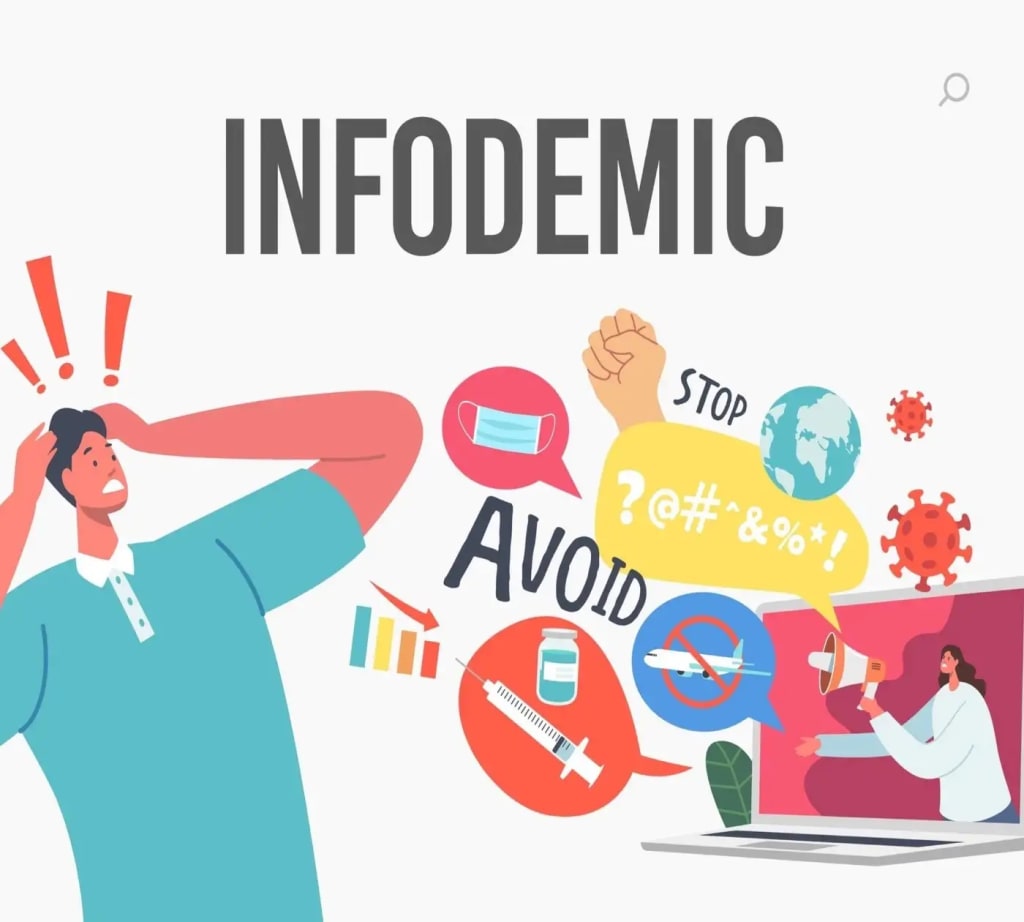
Like every pandemic that has occurred throughout history, there has always been an inevitable spread of lies and misinformation about the causes of a disease, the impacts of treatments on curing these diseases, and the effects of vaccination on protecting against disease infection. The coronavirus has proved no exception to this unfortunate truth as many people have claimed the virus to have been manufactured by Chinese scientists in a Wuhan lab in China while other conspiracists have linked vaccine uptake to the presence of blood clots and unplanned pregnancies among women.
The spread of coronavirus misinformation may seem harmless, but its transmission is just as dangerous as the virus itself. A study, which reviewed over 100 million Twitter posts during the coronavirus pandemic, identified an association between a growth in the spread of misinformation about the disease and a rapid rise in the number of covid-19 infections. The world health organization has recognized the threat that the spread of coronavirus misinformation poses to public health and, as such, defines its description as an “infodemic”. According to the world health organization, an infodemic is “too much information including false or misleading information in digital and physical environments during a disease outbreak”.
In this story, we will examine the full nature of coronavirus misinformation, including its origins, its degree of transmissibility, the impact it has on coronavirus related-health outcomes and the full range of treatments being used by governments and health boards worldwide to disrupt the spread of coronavirus misinformation. Information will also be given on how individuals can critically question and avoid the spread of coronavirus misinformation by differentiating the numerous types of sources available for coronavirus-related health information and how to select the most appropriate ones based on their credibility.
Origins of Coronavirus Misinformation
Many sources of coronavirus misinformation exist but social media has been regarded as the main source for the spread of lies and inaccurate information about the covid-19 disease and the safety and effectiveness of covid-19 vaccines. One study in Canada reviewed data from multiple fact-checking regulators and found that social media was responsible for 84.94% of the spread of coronavirus misinformation between January 2020 and March 2021.
During the same time period, Facebook alone accounted for 66.87% of the spread of coronavirus misinformation on all social media platforms while the internet, as a whole, comprised 90.5% of disinformation transmission. Furthermore, among the 138 countries identified in the study, India and the US were the largest spreaders of coronavirus misinformation, with each country representing 15.94% and 9.74% of the spread, respectively.
The next two countries, Brazil and Spain, respectively represented 8.57% and 8.03% of the spread of misleading information relating to covid-19. Therefore, 25.68% of all coronavirus misinformation was sourced alone from India and the US combined while 42.28% of the misinformation was collectively produced by all four countries mentioned. This means that almost half of all coronavirus misinformation was being propagated by just four countries during the most restrictive phases of the pandemic.
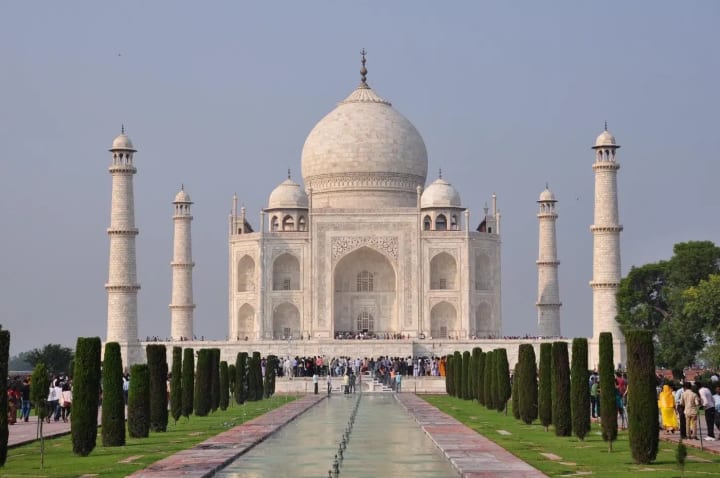
Not only has the spread of coronavirus misinformation in India disrupted efforts to curb the spread of the virus but has also fueled an historically longstanding rivalry between Hindus and Muslims within the country. Between the 13th and 15th March 2020, a group of Muslim preachers gathered at the Nizamuddin Markaz, the mosque headquarters in Delhi for the Tablighi Jamaat, in which a large outbreak of coronavirus cases were detected.
In response to this event, the Indian Government labelled the gathering as a “hotspot” for the spread of the covid-19 virus and a Delhi Police report determined that the gathering constituted a breach of lockdown rules under the Epidemic Diseases Act. Consequently, the Indian Home Affairs Office imposed sanctions on all foreign preachers who attended the event by revoking their visas and placing them onto the country’s blacklist for future entry considerations.
Many Hindu-Nationalists responded to the government’s rulings by inciting hatred and violence against the Muslim community, claiming that the gathering was the start of an attempt by those in the Muslim faith to intentionally transmit the coronavirus disease in the hopes it would spread all across India and infect the entire Hindu population.
Reports emerged in the southern state of Karnataka that two Muslim men were beaten and asked to apologise for spreading the virus, while in the northern state of Uttar Pradesh, several Muslim vegetable vendors were banned from selling their produce following false accusations of membership to the Tablighi Jamaat.
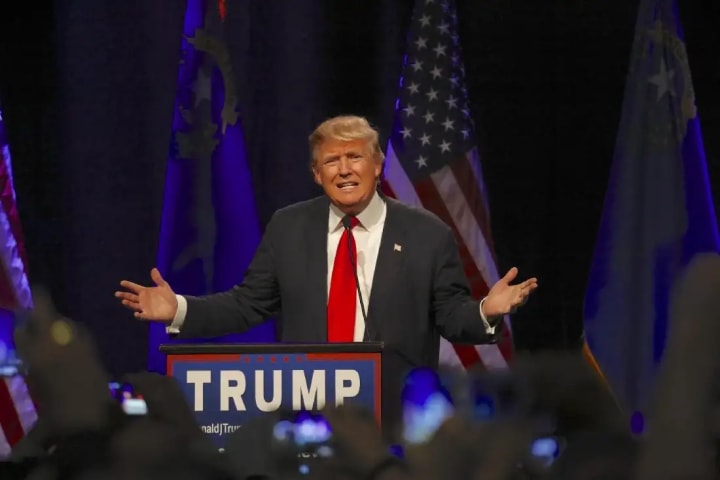
Like India, the spread of coronavirus misinformation in the US has also contributed to an extremely high degree of scapegoating and blaming of certain groups and individuals for the spread of the covid-19 virus. One study at Cornell University, which reviewed over 1.1 million coronavirus misinformation articles written between the 1st of January 2020 and the 26th of May 2020, identified several key influencers of the spread of coronavirus misinformation during the covid-19 pandemic in the US and the topics which comprised the bulk of misinformation discussion.
The researchers found that then-President of the United States, Donald Trump, was responsible for the largest spread of coronavirus misinformation (39.7%) during this period, expressing his opposition to compulsory mask wearing and undermining the safety and effectiveness of coronavirus vaccines. Reviews of articles referring to trump’s suggestions for the use of Hydroxychloroquine and disinfectant liquids as effective treatment cures for covid-19 were also documented in the study, emphasizing the active role adopted by Trump in his attempts to transmit unverified public health information for what many of the US public believed to be the enhancement of his own political and public image.
However, considering the deadly consequences that enveloped the following of his advice by a small proportion of Americans, it is most likely that his misleading suggestions and his undermining of public health information from key public health authorities such as the CDC and his fellow public health advisor, Dr. Anthony Fauci, resulted in his loss at the 2020 US General Election. This study also included reviews of articles accusing Fauci of profit accumulation from pharmaceutical developments in the form of treatments and vaccinations for covid-19. Consequently, these rumors gathered momentum on social media platforms with posts demanding his dismissal from the role of Director for the National Institute of Allergy and Infectious Diseases, typically expressed in the form of “#Fire Fauci”.
Other articles reveal Bill Gates as a culpable figure in the generation of the coronavirus disease with conspiracy theories using his 2015 TED Talks about pandemics and his prior knowledge and involvements in medicine and public health against him, particularly in relation to his active contribution in a successful mass vaccination effort to suppress the transmission of the polio disease in several African nations. The bioengineering of coronavirus in a Wuhan-based lab in China and the wildly predicted dangers associated with the creation of 5G technology are also among many other popular topics which have been examined in this study to highlight the influence and transmissibility of coronavirus misinformation and its unrestricted potential to inspire prejudice and hinder crucial public health directives to combat the spread of the disease.
Interventions to Tackle the Spread of Coronavirus Misinformation
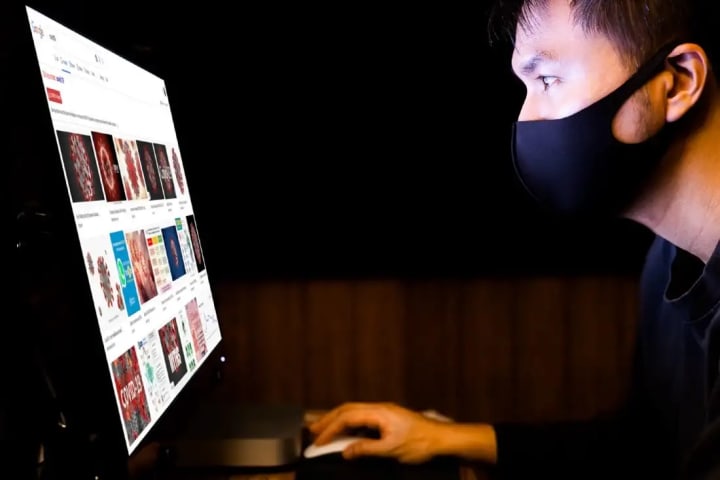
In response to the prevailing emergence of the coronavirus infodemic, governments and corporations worldwide have adopted several intervention measures to suppress the transmission of coronavirus-related misinformation. Such efforts have largely been guided by experts from within the World Health Organization whose advice for social media and search engine-based platforms have predominantly centered on encouraging information and news outlets to increase the transmission of reliable coronavirus-related information that is sourced from the websites of either the World Health Organization or any other relevant public health body that is available to users on a local or national level.
The World Health Organization’s social media manager, Aleksandra Kuzmanovic, tells the Lancet “we are putting our strongest efforts in, is to ensure no matter where people live….when they’re on Facebook, Twitter, or Google, when they search for ‘coronavirus’ or ‘COVID-19’ or [a] related term, they have a box that…directs them to a reliable source: either to [the] WHO website to their ministry of health or public health institute or centre for disease control”.
In addition to the advice proposed by the World Health Organization, social media platforms such as Facebook, Twitter, Instagram and YouTube have implemented box notifications advising its users to only source coronavirus-related information from the websites of their relevant local or national public health bodies. Interventions like these were crucially needed in the early phases of the pandemic, as an American study found that coronavirus misinformation accounted for half of all coronavirus information shared on social media platforms and predictions revealed that information from low credibility sources will likely become dominant on these mediums within the next decade.
Considering the extent to which social media accounts for a seismic majority of coronavirus misinformation shared on the internet, as was stated in the aforementioned Canadian study, the implementation of additional measures like these are needed from relevant platforms that collectively host 4.62 billion users globally (approximately half of the world’s population).
Sylvie Brand, director of Infectious Hazard Management at the World Health Organizations Health Emergencies Programme, also told the Lancet “We know that every outbreak will be accompanied by a kind of tsunami of information, but also within this information you always have misinformation, rumours, etc. We know that even in the Middle Ages there was this phenomenon. But the difference now with social media is that this phenomenon is amplified, it goes faster and further, like the viruses that travel with people and go faster and further. So it is a new challenge, and the challenge is the [timing] because you need to be faster if you want to fill the void”.
How to Avoid Online Susceptibility
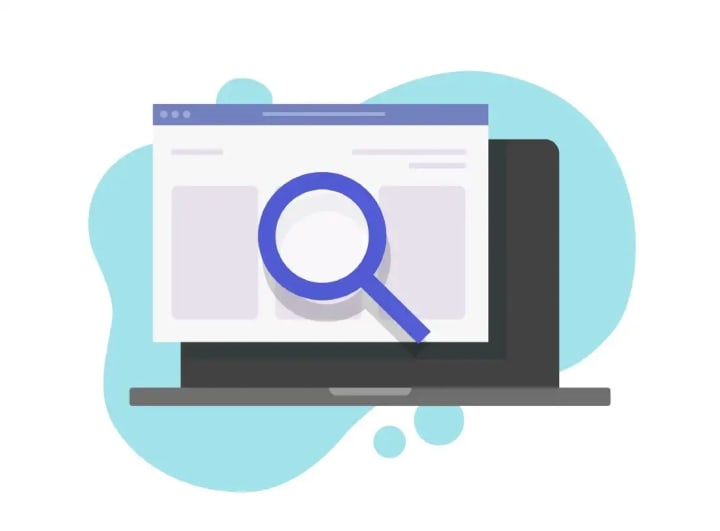
Deciphering which information is true and which information is false can seem like an impossible task but thankfully there are several methods that can be adopted to critically assess the quality and validity of information and their relevant sources. The World Health Organization has proposed several recommended courses of action for members of the public to take by means of ensuring that they and others are accurately informed during disease outbreaks.
The first and most important step to take is to be critical when analyzing information and identify the information’s source and make comparisons with other sources. This level of critical thinking and acting should also be adopted when analyzing information that is being shared by experts as many health professionals have also been involved in the spread of coronavirus misinformation for which their information is either unsourced or sourced from those sources whose credibility is low, as was the case with Dr. Rashid Buttar in the US and his claims about the dangers of covid-19 vaccines.
The next step outlined by the World Health Organization encourages members of the public to only share information from sources generally regarded as credible as another effort to ensure members of the public are properly informed during a disease outbreak. This step also includes advice that encourages members of the public to combat the spread of misinformation by debunking false claims and directing others to more credible sources for health-related information, such as the WHO or the CDC.
The final step encourages members of the public to be less dependent on social media as a source for health-related information and to spend less time on online platforms and prioritize health-promoting activities such as walking, exercising and spending quality time with others. Taking care of one’s own health by means of practicing health-promoting activities is especially important in a pandemic when quality of health is at risk of being compromised by potential infection of a deadly disease.
Final Thoughts
Infomedics are inevitable amidst any disease outbreak, but like the virus itself, efforts must be taken by governments, corporations and individuals worldwide to suppress its transmissibility through a sharing and dependence for reliable sources of health-related information. Interventions for tackling the spread of coronavirus misinformation are especially needed when misinformation is being carelessly spread by politicians and health experts with an unrestricted potential to spread exponentially on social media platforms and other online mediums that have very few or no filters for false information.
Not only are lessons to be learned in preparation for another disease outbreak in the future, but the spread of disease-related misinformation has certainly provided us all with a learning curve that will hopefully serve humanity well in preparing for any infodemics that encompass the outbreak of future potential diseases. Just as pandemics emphasize the important role everyone must adopt in controlling the spread of a disease through social distancing, mask-wearing, and adherence to government lockdown restrictions, so too do infodemics emphasize the important role everyone must adopt in limiting the spread of disease-related misinformation by sharing and promoting trustworthy public health information that encourages all members of the public to comply with public health guidance of such nature.
Thanks for Reading!
About the Creator
Andrew-Stuart
My passion is to write stories related to the topics of psychology and mental health | (Bsc) Hons Applied Psychology Student at Glasgow Caledonian University 😁
Reader insights
Outstanding
Excellent work. Looking forward to reading more!
Top insight
Expert insights and opinions
Arguments were carefully researched and presented






Comments (3)
Very informative and well-researched article! Man, misinformation really does spread like wildfire. I still remember some of the stuff I was seeing on Tiktok when the pandemic first began. Thank you for sharing this!
Very interesting information Andrew, what an awesome researched I writing you have presented very well done 😀
Highly informative! I haven't read such a crunchy article like yours on this platform in quite some time. Take my ❤ and subscription and go 🤗